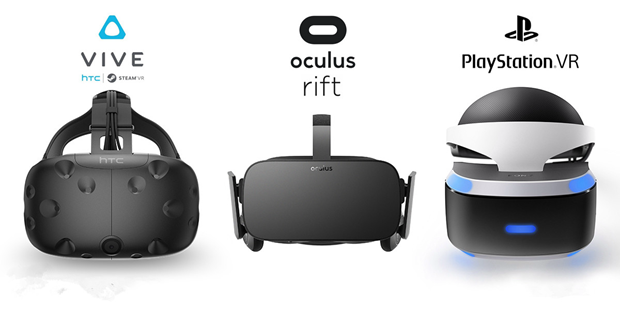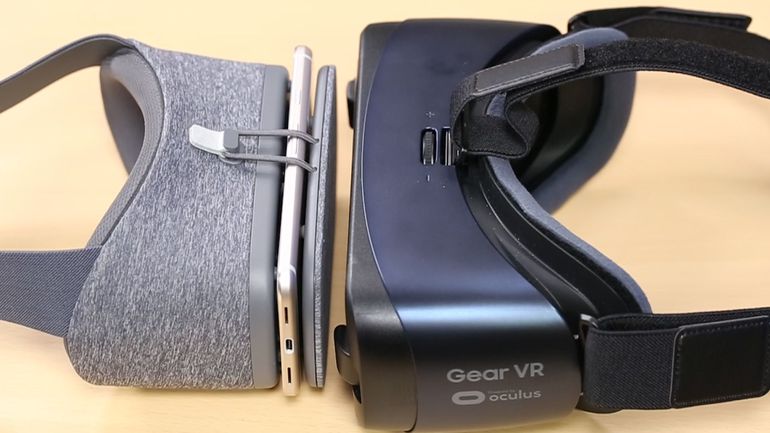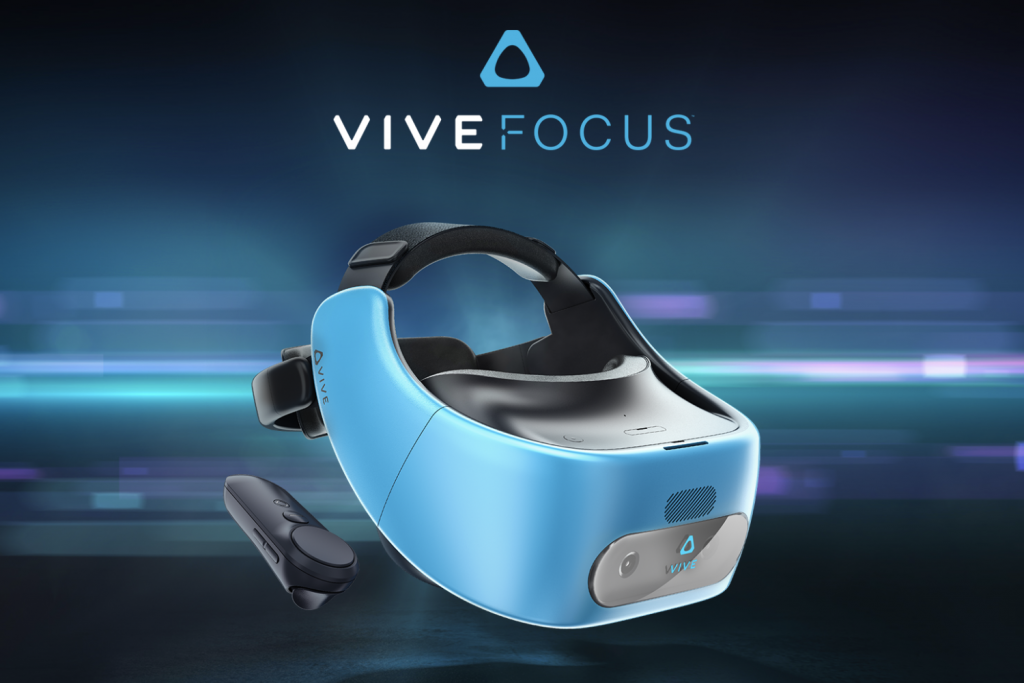
XR Bulletin December 2017
As this is our first blog in the XR Bulletin series, it seems appropriate to first shortly introduce the state of virtual reality (VR) to this day. For those of you who are complete beginners, first have a look at this HTC’s post – VR 101 – A Crash Course in All Things Virtual Reality.

HTC Vive, Oculus Rift, and Playstation VR: olorama.com
Although there is still a debate on whether VR is worth the trouble and when would it, if ever, reach the much anticipated commercial impact, there is no doubt that the technology is in fact getting more sophisticated, less clunky, and less expensive. Currently, two main tiers of devices exist. One being so called tethered VR, which is dependant on a separate device (Playstation 4, PC, laptop), while the second tier utilizes mobile devices. Among the tethered VR, the most popular and well-known are Playstation VR (PS VR), Oculus Rift, and HTC Vive. Mobile VR, however, is significantly cheaper and several times more popular among VR device owners as it only requires a compatible mobile device to afford a VR experience. According to ARtillry‘s article from May, the total sales number of mentioned tethered devices was 1.66M, while mobile VR devices – Samsung’s Gear VR and Google’s Daydream – had a total of 5.26M units sold. But most importantly for the current state of VR industry, the overall sales of headsets are improving.

Daydream and Gear VR: cnet.com
Apart from the mentioned types of popular devices, affordable standalone headsets are finally getting on the market. Google, Oculus, and HTC are all working on development of their own versions of independent wireless VR headsets. In November, HTC has unveiled Vive Focus headset with inside-out tracking and 6 degrees of freedom (DoF). It also comes with one controller but featuring only 3DoF, which is quite disappointing for today’s standards. However, the announced open platform, Vive Wave VR, enables developers to customize accessories – including replacing the Focus controller with one that does feature 6DoF. For comparison, Oculus’ upcoming standalone headset, Santa Cruz, does include two controllers with 6DoF, which feels closer to the current high-end tethered VR devices.

Vive Focus: theverge.com
One of the bigger issues that remain in the domain of virtual reality is the user interface and use of peripherals. Logitech is trying to solve one part of it, by designing a keyboard with a Vive sensor that is supposed to enable users to use a keyboard in VR much like they would on the good old PC. Users would see the keyboard and their hands as they type, although it is not yet clear how Logitech managed to track the position of individual fingers. But in any case this kind of peripherals and accessories will eventually provide a more intuitive interaction with VR environments.

Logitech Bridge: theverge.com
While there are more exciting developments when it comes to hardware, VR content and culture are trying hard not to lag behind. Variety and quality of the available content is surely something to be wished for, when more simplistic experiences and games are still dominating the market. One leap in a good direction is the 6 and a half minutes film CARNE y ARENA that was recently awarded an Oscar, first in the domain of VR to receive the prestigious award. The film brings an empathetic experience of refugees’ lives and was written and directed by Alejandro G. Iñárritu who also produced masterpieces such as The Revenant and Birdman. This experimental “out of the box” piece, to say the least, may be a stepping stone for a new cinema.
Meanwhile, eSports is finally penetrating the VR world as well with the VR Challenger League at the Oculus Connect event. Echo Arena proved to be a good choice for the tournament with three player teams. However, both technology and content is still lacking for a boom in VR eSports. For the sake of players not getting tangled in cords and hurting themselves, standalone headsets that come with controllers with 6DoF first need to be up to the task as well as commercially affordable. And finally, a decent choice in single and multiplayer games needs to be available.
Until that becomes an everyday thing, China is planning to open an enormous VR park in February next year named Oriental Science Fiction Valley. While headsets and games are somewhat easily accessible for everyone, this new kind of amusement park will provide a much more exciting and novelty-filled attractions. Even though not all will be reserved for VR, as many as 35 will include a headset and motion platforms, including the first VR rollercoaster.

Oriental Science Fiction Valley: vrscout.com




Sorry, the comment form is closed at this time.